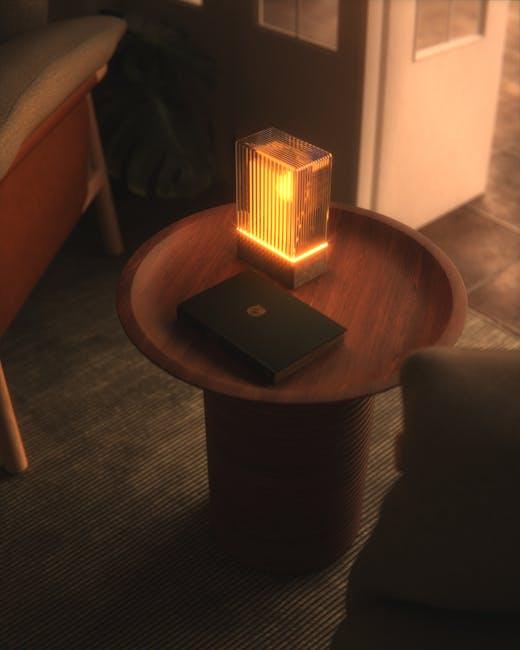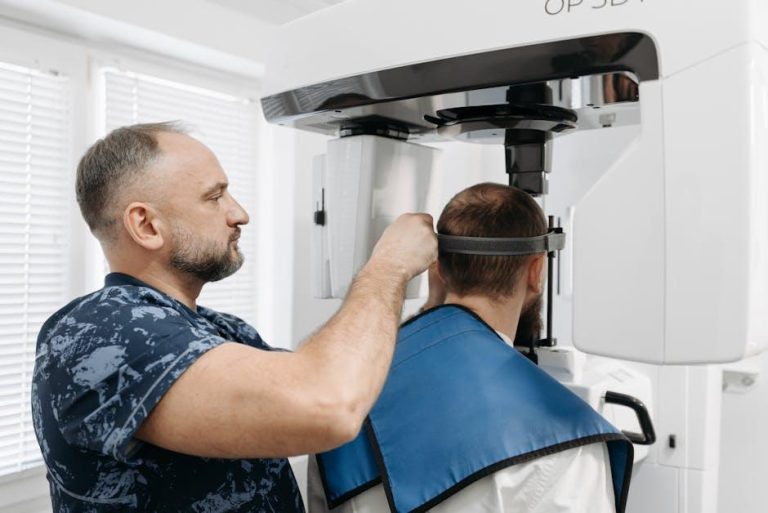
3D Scans & Future Dental Tech with Zelko Relic, Align Technology – TechInformed
As the dental industry undergoes a remarkable transformation, 3D scans and advanced dental technology are spearheading a new era of precision, convenience, and patient-centric care. Zelko Relic, a thought leader at Align Technology, is at the forefront of this revolution, driving innovations that are changing the way dentists and patients experience oral healthcare. In this article, we dive deep into the future of dental technology, the benefits of 3D scanning, and expert insights that will help you understand why these advancements matter.
Understanding 3D Scans in Dentistry: What Are They?
3D scanning technology in dentistry refers to the use of digital scanners to create highly accurate three-dimensional images of a patient’s teeth, gums, and oral structures. Replacing traditional impressions with digital data, 3D scans enable practitioners to design dental appliances with unparalleled precision and efficiency.
Key Features of 3D Dental Scanning Technology
- Non-Invasive & Comfortable: Digital scanning eliminates the need for messy impression materials, enhancing patient comfort.
- Fast & Accurate: Provides instant image capture with micron-level accuracy, reducing procedure times.
- Enhanced Visualization: Offers a detailed 3D model to aid diagnosis, treatment planning, and custom appliance fabrication.
- Seamless Integration: Easily integrates with CAD/CAM systems and other dental software solutions.
Meet Zelko Relic: Innovating at Align Technology
Zelko Relic plays a critical role at Align Technology, a company best known for its pioneering Invisalign clear aligners. With a focus on 3D scanning and digital workflow innovations, Zelko pushes the boundaries of what dental care can achieve through emerging technology. His work centers on enhancing clinical outcomes, simplifying workflows for dental professionals, and creating patient-first solutions.
Zelko Relic’s Vision for Future Dental Technology
According to Zelko, the future lies in smart, connected, and AI-powered systems that not only scan and create accurately but also predict and personalize treatments, making dental care more proactive and less invasive. He advocates for technologies that empower clinicians with real-time data analytics and patient engagement tools.
Benefits of 3D Scanning in Modern Dentistry
With the rise of 3D scans, the dental landscape is evolving rapidly – here’s why this innovation matters:
| Benefit | Description | Impact |
|---|---|---|
| Precision | Micron-level digital accuracy | Improved treatment fit & longevity |
| Speed | Instant dentition capture and processing | Reduced appointment & lab turnaround time |
| Patient Comfort | Non-invasive scanning avoids gag reflex | Better patient experience & satisfaction |
| Digital Workflow | Seamless integration with CAD/CAM | Simplifies and automates production |
| Data Storage | Cloud-based record keeping | Long-term case tracking & analysis |
Case Study: Transforming Orthodontics with 3D Scanning
One compelling example of 3D scans changing dental practice comes from Align Technology’s Invisalign system. Here’s how 3D scans impacted the case of a patient with moderate crowding:
- Initial Scan: A digital scan of the patient’s teeth was taken within minutes, providing a detailed 3D model.
- Treatment Planning: Orthodontists used AI-driven software to simulate tooth movement and customize a clear aligner plan suited to the patient’s lifestyle.
- Treatment Execution: Aligners were manufactured with exact fit, minimal adjustments needed during treatment.
- Outcome: The entire treatment time was shortened by 20%, with less discomfort reported by the patient.
Practical Tips for Dental Professionals Using 3D Scans
- Invest in Training: Proper training on scan technology maximizes accuracy and efficiency.
- Maintain Equipment: Regular calibration ensures consistent high-quality scans.
- Integrate Systems: Choose scanners that sync effortlessly with your existing CAD/CAM and practice management software.
- Educate Patients: Use 3D visuals to explain treatment plans and improve patient compliance.
The Future Outlook: What’s Next in Dental Tech According to Zelko Relic
Looking ahead, Zelko Relic emphasizes several emerging technologies set to reshape dentistry beyond 3D scans:
1. Artificial Intelligence & Machine Learning
AI-driven diagnostics will enable early detection of oral diseases and personalized treatment plans based on comprehensive data analysis.
2. Augmented Reality (AR) & Virtual Reality (VR)
AR and VR will revolutionize dental education, surgical planning, and even real-time patient communication, providing immersive visualization tools.
3. Teledentistry & Remote Monitoring
With growing digital connectivity, dentists will remotely monitor patient progress using smart appliances integrated with sensors and apps.
4. Bioprinting & Regenerative Dentistry
3D bioprinting will allow fabrication of tissue scaffolds and potentially live tissue, accelerating regenerative treatments.
Conclusion: Embrace the Dental Tech Revolution
The rise of 3D scans and future dental technologies is more than just an upgrade — it is a paradigm shift in how dental care is delivered. Led by innovators like Zelko Relic at Align Technology, these advancements deliver a trifecta of benefits: improved accuracy, enhanced patient experience, and streamlined workflows. For dental practitioners and patients alike, embracing these technologies is essential to staying ahead in modern dentistry.
Whether you are a clinician seeking the latest tools or a patient curious about your treatment options, the fusion of 3D scanning with AI, AR, and digital platforms marks the dawn of a smarter, more personalized future in oral health.
Stay informed with TechInformed for in-depth insights and practical knowledge on the evolving world of dental technology.


